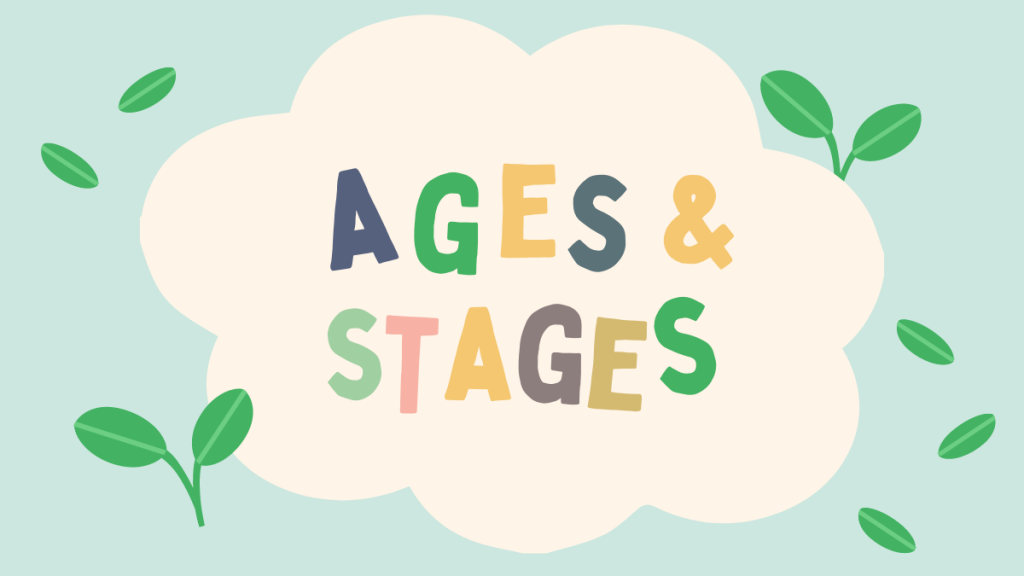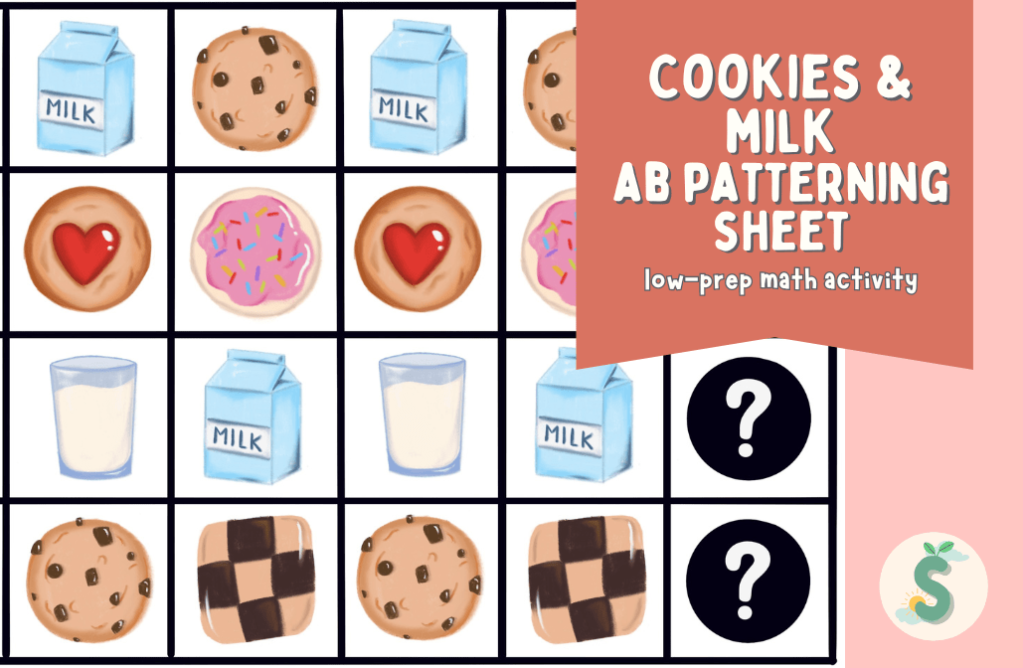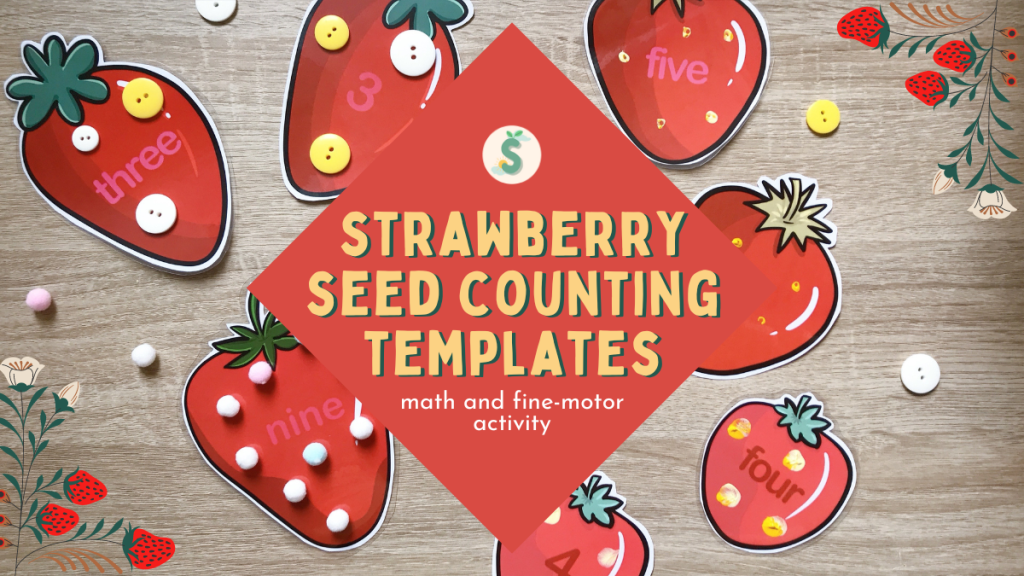Like the divisions of the domains of child development, children’s ages are also divided into stages. Children will then achieve milestones within the different domains and stages. For more about the domains of child development, check out this post, which discusses the three broadest domains: physical, social-emotional, and cognitive.
Most researchers and child development professionals use the following age divisions, though there are some variances between the ages of each stage.
| Stage | Age Range |
| Prenatal | Conception to Birth |
| Infancy and Toddlerhood | Birth to 2 years old |
| Early Childhood | 2 to 6 years old |
| Middle Childhood | 6 to 11 years old |
| Adolescence | 11 to 18 years old |

Prenatal
The prenatal period of child development consists of exactly what the name suggests: the period of gestation in which an infant develops within their mother’s womb. The prenatal period itself is also divided into three different stages, which are not to be confused with trimesters. Prenatal stages include the germinal stage, embryonic stage, and fetal stage.
Infancy and Toddlerhood
This is the amazing period of rapid growth and development within the child, with infancy covering the first year and toddlerhood covering the second year. It is a period of many firsts, such as first steps and first words, leading to the beginnings of autonomy.
Early Childhood
Early childhood is also known as “the play years.” During this stage, children two to six years old are practicing and mastering their gross and fine motor skills and expanding their language and literacy. It is in this period in which children are the most imaginative, and make-believe play is prominent. Children begin learning social-emotional skills, such as self-regulation and forming friendships.
Middle Childhood
The period of middle childhood is also known as the school years. Children learn to think logically throughout this stage, and can grasp academic subjects such as math and science while improving other skills such as reading and writing. Physical development and social-emotional understanding also progress as they take part in athletic activities and begin to form their peer groups.
Adolescence
During this period, children mature, grow, and puberty begins. Children ages eleven to eighteen are now able to grasp complex and abstract subjects. Adolescents are more independent as they figure out what they want to do in life and define their personal values and opinions. This is often known as the vital period of self-exploration.

Where to Next?
Now that we have covered the ages and stages of child development, we can now begin thinking about the common themes of child development and basic issues that are seen within developmental theories. These include the questions of Continuous vs. Discontinuous, Nature vs. Nurture, and One Course, or Many. To learn more about these questions, check out this post!
As the title of this post suggests, this is only a brief overview of each stage in Child Development. More in-depth explanations of each stage are coming soon, so stay tuned!
In the meantime, check out these great resources:
- Healthline: Ages and Stages: How to Monitor Child Development
- NAEYC: Principles of Child Development
- CDC: Early Childhood Developmental Milestones
- Medicine Net: What are the 5 Stages of Child Development? Signs of Delays
References
Berk, L. E. (2018). Exploring Child Development. Pearson Education (US). https://bookshelf.vitalsource.com/books/9780134983813










Leave a comment